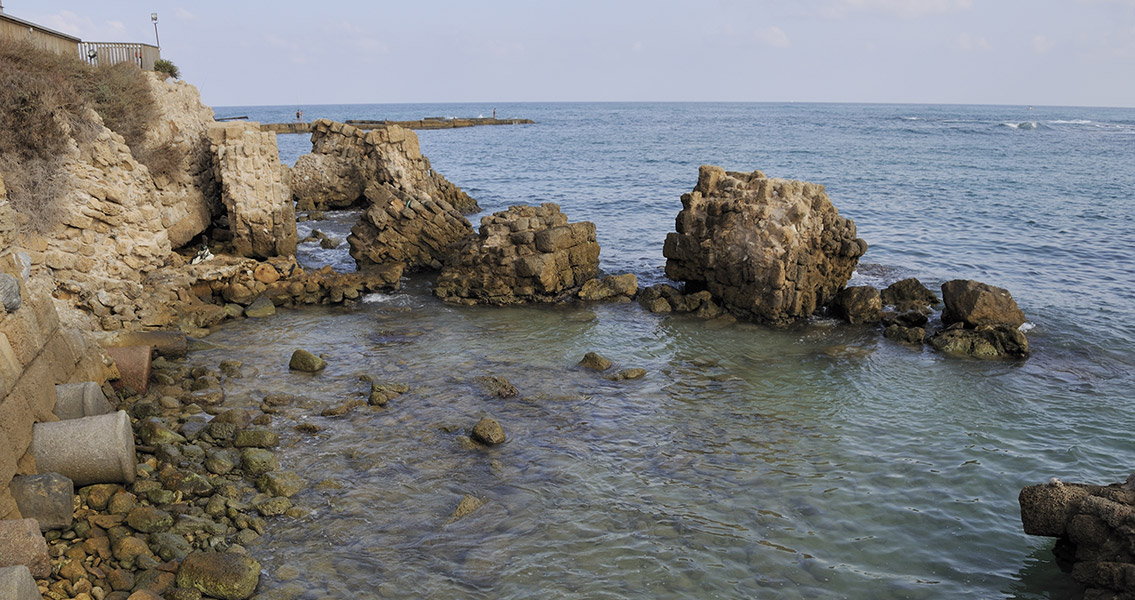<![CDATA[A trove of coins and bronze statues dating back to the Late Roman Era has been found off the Israeli coast near the ancient harbor of Caesarea, according to a press release from the Israel Antiquities Authority. The IAA says the find comes from a large merchant vessel discovered by a pair of divers who accidentally came across the remains. Early analysis of the wreck indicates the ship likely sank around 1,600 years in the past – a timeframe supported by the Roman rulers depicted on the coins found within the wreckage. The new find could be the largest trove of maritime artifacts discovered by Israel in the last three decades, the IAA remarked. The divers reported the find to the country’s official archaeological ministry, which then swept in and conducted an extensive underwater excavation that revealed the stash of coins, several ornate bronze statues, and the remnants of the ship’s iron anchors. According to Jacob Sharvit, the find was remarkably well preserved. The IAA’s Marine Archaeology Unit director said that the sand helped to protect the wreck’s treasure quite well, giving the statues in particular the appearance that they had been recently cast instead of having languished on the bottom of the Mediterranean for sixteen centuries. The statuary reclaimed from the sea include objects in the shape of animals, incomplete shards of a trio of life-size statues cast in bronze, a lamp shaped to resemble an African slave’s head, a figurine depicting Luna, the Roman moon goddess; and a bronze lamp of Sol, the Roman god of the sun. Additional finds include several shattered jars that would have been used to transport drinking water for the crew as well as a pair of congealed lumps of metal – formerly stacks of coins – that conformed to the shape of the pottery they had been transported in. Researchers were able to decipher the likenesses of two different emperors that had been struck on the faces of the coins, the first being Constantine the Great, who ruled the Western Roman Empire from 312 through 324 CE and then conquered the Eastern Roman Empire, ruling both until 337 CE. The second face on the coin was found to be Emperor Licinius, the very same Eastern Roman ruler that capitulated to Constantine in 324 CE. Based on the location of the wreck and the wide variety of artifacts discovered within, IAA researchers posit that the merchant vessel had been carrying metal to be melted down and recycled into new items. However, after a storm disabled the ship at the entrance to Caesarea’s harbor, the vessel would have drifted until smashing into the rocky seawall. Initial analysis of the iron anchors found with the wreck lends credence to the theory that the crew attempted to arrest the ship’s course to no avail as the anchor lines broke. The majority of the finds are currently being treated for conservation purposes after their long sojourn on the sea floor. However, the recovered gold coins are currently on display at Caesarea harbor. Image courtesy of Wikimedia Commons user: DerHexer ]]>
Roman-Era Treasure Trove Found Off Israeli Coast
